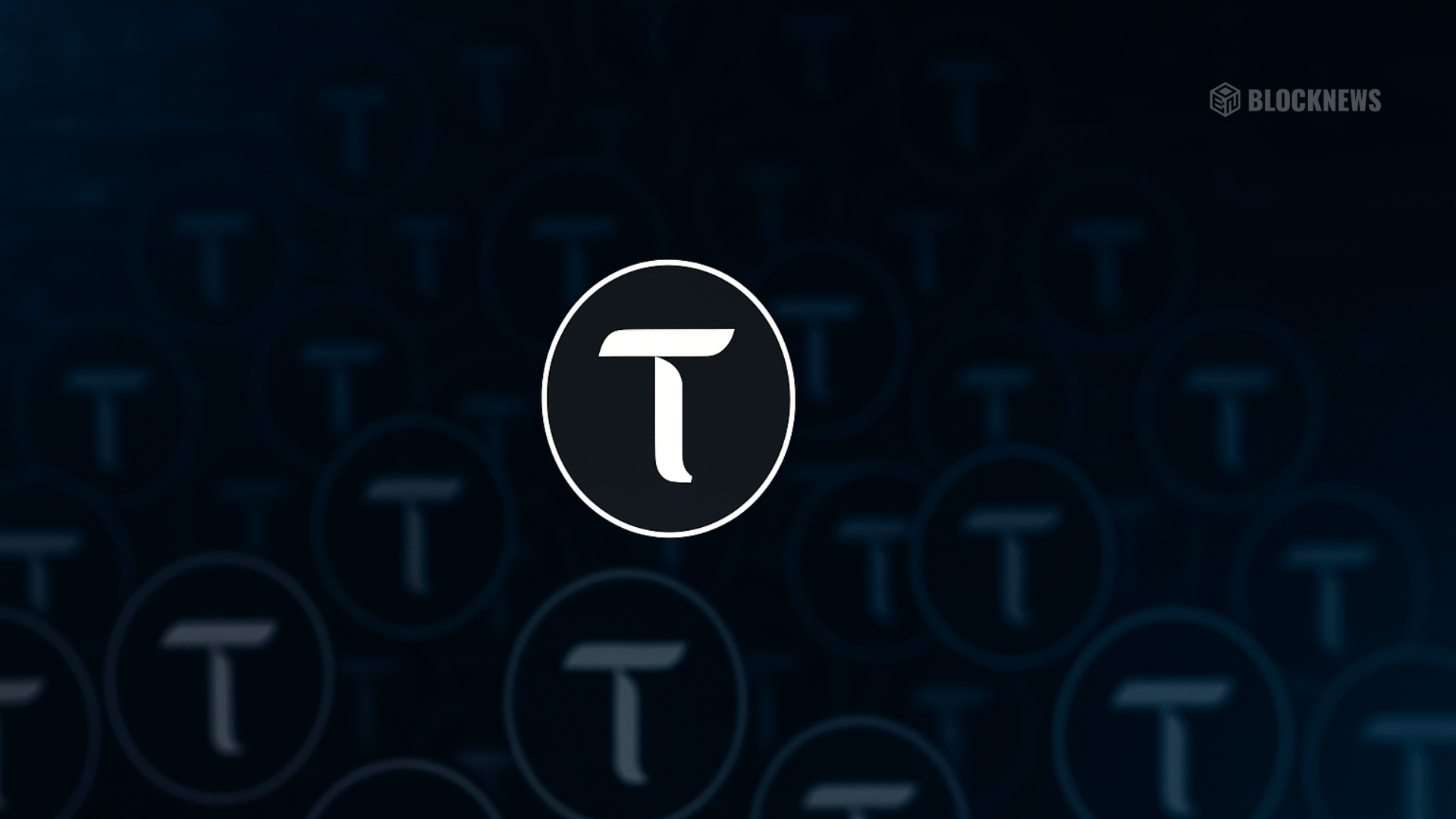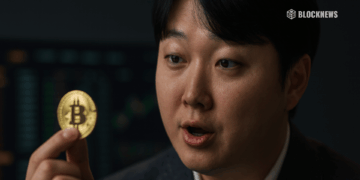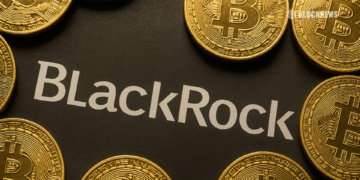- Bittensor ($TAO) rewards contributors who build or run AI models, using “Proof of Intelligence.”
- With subnets, halving events, and EVM compatibility ahead, the network is scaling fast.
- Its mission: democratize AI by creating a marketplace where intelligence itself is the commodity.
Bitcoin changed money. Ethereum changed contracts. And now—maybe—Bittensor changes intelligence itself. Picture an AI world that isn’t fenced off by Google, OpenAI, or a couple trillion-dollar gatekeepers. Instead, anyone can plug in models, data, or compute, and get paid when their work makes the network smarter. That’s the Bittensor pitch. Not just another “AI token,” but a living marketplace for machine intelligence where value flows to the builders, not the middlemen. Big claim? Yep. But it’s also one of the few crypto projects where the incentives line up with real progress.
What Bittensor Actually Is (No fluff)
Bittensor is an open-source, decentralized neural network on its own blockchain. Miners don’t chase useless hashes; they “mine” intelligence. They run or train AI models, serve outputs, and compete on quality. Validators score those outputs. The best work earns $TAO. Rinse, repeat, improve. It’s a flywheel: better models → higher scores → more $TAO → more builders show up → the network gets smarter. In a sentence: Bittensor tries to turn “making AI more useful” into an on-chain, paid sport.
This is wrapped in a consensus design the community calls Proof of Intelligence. Instead of proving you spent energy, you prove you produced value—useful inference, signal, or learning. Rewards map to contribution. Not perfect (what is?), but the intent is clean: pay for intelligence, not electricity.
$TAO: The Fuel, The Gate, The Scoreboard
$TAO isn’t just a badge or a vote—it’s the network’s bloodstream. You earn it by contributing valuable intelligence. You can stake it to secure the system, participate in governance, and pay for AI services that live inside the Bittensor economy. With a hard cap of 21,000,000 $TAO (mirroring Bitcoin’s scarcity), supply is tight by design. If demand for decentralized AI grows, pressure tilts up… you get the idea.
The cool part is how rewards connect to real output. Validators rank model contributions; the most helpful results get the most $TAO. The network is basically saying: “Bring signal, get paid.” Every token emitted is meant to correspond to actual gains in capability, not abstract work.
What Bittensor Wants (And Why It Matters)
The goal is blunt: democratize AI. Today, frontier systems sit inside a few giant companies with massive compute and proprietary data. Bittensor flips that power dynamic by building a permissionless marketplace where a lone researcher, a small lab, or a community subnet can compete and get compensated—directly. No gatekeepers. No cold-start purgatory. If your model helps, you earn.
There’s also a strategy angle: specialization. Intelligence isn’t one-size-fits-all. Different domains need different data, architectures, and incentives. Bittensor splits the network into subnets (more on these in a second) so each one can focus—NLP here, vision there, labeling elsewhere, even niche stuff like forecasting, media generation, or reinforcement learning. Each subnet evolves on its own curve but contributes to the larger whole. Less monoculture, more ecosystem.
Roadmap Highlights (Why Builders Care)
A few major threads to watch, based on the current community roadmap:
- First $TAO Halving (Dec 2025). Emissions slated to drop from ~7,200 to ~3,600 $TAO daily. Scarcity tends to matter—especially if usage keeps climbing. Classic crypto reflex: supply tightens, attention spikes, narratives heat up. Not guaranteed, but… we’ve seen this movie.
- Dynamic TAO & Subnet Tokens. Subnets can introduce their own native “α-tokens” alongside $TAO. That creates micro-economies inside the bigger network: distinct liquidity, price discovery per domain, and sharper incentives for specialization. Intelligence becomes an asset class—with vertical markets.
- EVM Compatibility (targeted Q3 2025). If devs can deploy Solidity contracts straight into the Bittensor universe, you unlock composability with DeFi, tooling, bridges—the whole Ethereum stack. That turns Bittensor from “AI network” into programmable AI infrastructure. Huge surface area.
- Subnet Expansion. Already over a hundred active subnets, with an aggressive target to keep scaling into specialized marketplaces (think sports prediction, media generation, healthcare, more). The thesis: many focused markets beat one bloated one.
Short version: the plan blends scarcity (halving), market design (Dynamic TAO), developer reach (EVM), and scale (more subnets). If execution tracks, you don’t just get AI on-chain—you get an AI economy.
Subnets: Where the Work (and Money) Happens
Subnets are Bittensor’s secret sauce. Each subnet is a focused arena for a specific task—say, language models, image models, or domain-specific prediction. Providers join, serve outputs, and compete. Users pay for results. Validators score quality. Top performers earn rewards in $TAO or, with Dynamic TAO, in that subnet’s α-token.
Think of it like an exchange where every listing is a different “type of intelligence.” Liquidity, price signals, and incentives get local—not everything fights for air in one global pool. A subnet for AI music has different economics than a subnet for clinical NLP. That’s good. Markets should reflect their domain.
As demand for a subnet’s outputs grows, its α-token (if enabled) can accrue value, pulling in more talent, better models, and richer datasets. Positive feedback. Less hype theater, more market feedback loops.
Why the AI × Crypto Mashup Is (Still) Bullish
AI is the mega-trend of this decade. Consumer adoption is exploding, enterprise budgets are tilting hard toward AI, and the hardware layer (chips, memory, networking) is minting kings. Crypto, meanwhile, is unmatched at coordinating open systems with incentives. Put them together and you get a shot at something we haven’t had: open AI that can pay its own contributors—globally, 24/7, without permission.
Most “AI coins” are vibes. Promises, screenshots, speculative charts. Bittensor is different because the core loop produces utility: models → scored outputs → paid rewards → better models. It’s not perfect, and it’s early, but the pieces rhyme with systems that have real staying power.
If AI centralization keeps tightening, the counter-trend—credible decentralization with working incentives—gets more valuable, not less.
Risks, Reality, and How to Think About It
Let’s be adults for a sec. This is frontier tech plus crypto economics. There will be noise. Scoring useful intelligence is hard. Preventing gaming is hard. On-chain markets can swing like a door in a storm. Roadmaps slip. And not every subnet will thrive (some will stall, some will explode—power law stuff).
So approach it like a builder or a venture investor would:
- Follow usage, not headlines. Which subnets have real demand?
- Watch incentives. Are rewards aligned with quality, or with clever exploits?
- Track dev gravity. EVM support, tooling, docs, grants—do they pull talent in?
- Community health. Are researchers and practitioners sticking around? Shipping?
If those needles move the right way, the thesis strengthens. If they don’t, you recalibrate. Simple, not easy.
The Bottom Line
Bittensor isn’t trying to be “AI, but on a blockchain.” It’s trying to be a market for intelligence—where models compete, value accrues to the best work, and access isn’t gated by a handful of platforms. $TAO is the incentive rail that makes that flywheel turn; subnets are the arenas where it all plays out.
If you care about AI that’s open, pay-for-performance, and actually useful, this is one to keep on the radar. Could it fizzle? Sure. Could it become the backbone of a decentralized AI economy we look back on and say, “oh—this is where the curve bent”? Also yes.
Either way, the experiment is worth paying attention to. And if the execution hits even half of the ambition… well, you’ll want to have been early.














